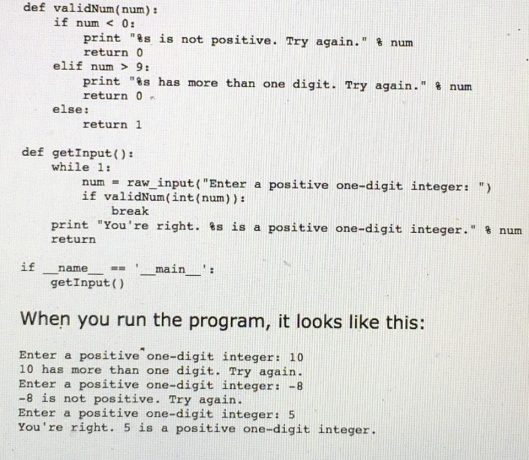--Originally published at Start in the world of the #TC101
Ya terminaron las clases, pero aún no podemos cantar victoria, pues se viene en la recta final los exámenes finales, mañana (24 de noviembre) será el examen de esta materia (Fundamentos de programación) , y es justo de ella de quien quiero hablar, quiero platicarles un poco la experiencia que me dejo esta materia.
Creo que esta materia me ha dejado mucho aprendizaje, porque la manera de enseñar de Ken, es muy interesante, aunque al principio me parecía muy rara, pero creo que con el paso del semestre he podido entenderla mejor, y me ha quedado como una idea muy interesante, donde nos dan a los estudiantes la responsabilidad de nuestro propio desempeño académico, pero de la mano de un profesor que esta siempre disponible para resolver las dudas de los estudiantes.
En definitiva me gustaría volver a tener una clase con Ken o con alguien que tenga su misma ideología, pero creo que eso va a ser un tanto complicado, pero estaría genial que los profesores empezaran a tomar en cuenta el hacer sus clases de esta manera.









